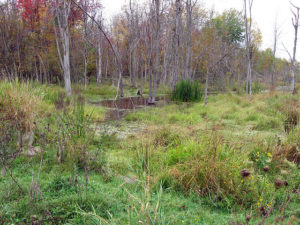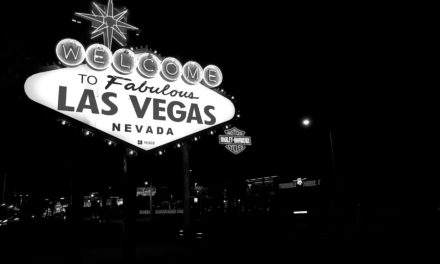In a previous wetland post, we introduced the acceptable remedies for developers who damage protected wetlands, briefly touching on Permittee-responsible compensatory mitigation. Developers who do not have the experience necessary to successfully plan and manage a wetland mitigation project can satisfy mitigation requirements, as required by Section 404 of the Clean Water Act (CWA), by purchasing credits from a mitigation bank or from making a dollar contribution to a designated fund known as in-lieu fee banking. Third-party mitigation banking is the topic of this post.
To reiterate, a wetland mitigation bank is environmentally sensitive land that has been created, restored, enhanced, or preserved to a functioning wetland. These lands provide a myriad of ecological benefits, including essential habitat for many endangered wildlife species. Mitigation banks place a perpetual conservation easement on the land with a trust to fund its maintenance in perpetuity. The bank can be broken down into four components:
- The actual site: the physical land that has been restored, established, enhanced, or preserved.
- The bank instrument: a formal agreement between the bank owners and bank regulators establishing liability, performance standards, monitoring requirements, and the terms of the bank credit approval, including amount of credits to be issued (and hence available for sale).
- The Interagency Review Team (IRT): the multi-agency team that provides regulatory review, approval, and oversight of the bank.
- The service area (frequently delineated as watershed area): the area in which the bank can provide mitigation credits for environmentally affected land.

Fort Drum Wetland Mitigation Bank, courtesy of the U.S. Army Environmental Command.
Mitigation banks are completed by third parties. The mitigation banks are located off-site, ideally within the same service area as the affected lands. The success of these banks and the responsibility for maintenance lies with the bank itself. Allowing the transfer of liability to a mitigation bank has been a very attractive feature for Section 404 permit holders (i.e., developers) who would otherwise be responsible for the design, construction, monitoring, ecological success, and long-term protection of the site.
Similar to pollution credits, where industries can purchase ‘credits’ to offset polluting the environment, developers can purchase credits from third-party mitigation banks to offset the proposed impacts to wetlands on a development site. The type and number of credits required to be purchased to compensate for damage to protected wetlands is determined, in part, by the type and condition (functional utility) of the wetlands in question.
Third-party mitigation banking offers many benefits to developers:
- It allows economic development, yet ensures no net loss of wetlands.
- It allows developers to maximize the use of their site in the most cost-efficient manner.
- It reduces developers’ permitting time because bank credits are purchased from previously established banks.
- It allows developers to focus on their projects without the burden of tackling a mitigation project themselves.
- It shifts the regulatory burden and risk from a developer to a third party—the bank.
- It increases the likelihood that the mitigation/restoration project will be a success because developers often lack the experience necessary to successfully plan and manage these projects.
- It enables regulatory officials to monitor larger, consolidated mitigation projects more efficiently than smaller, disjointed projects.
When a developer does not wish to take on the responsibility for on-site mitigation and there is no third-party mitigation bank in the service area in question, a developer may use in-lieu fee banking—the topic of the next post in this series.
– Linda Tayntor





Recent Comments